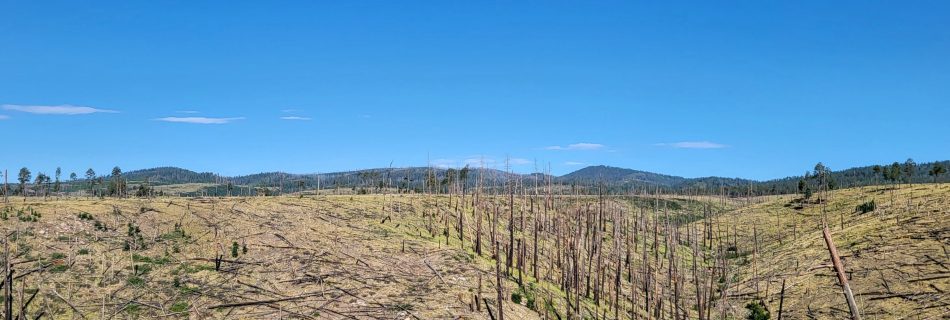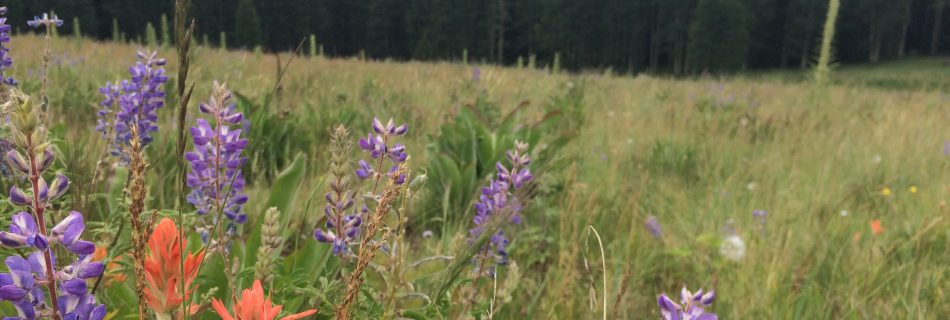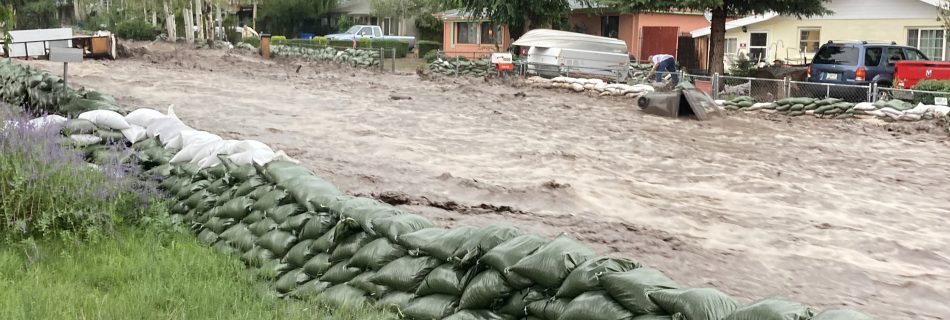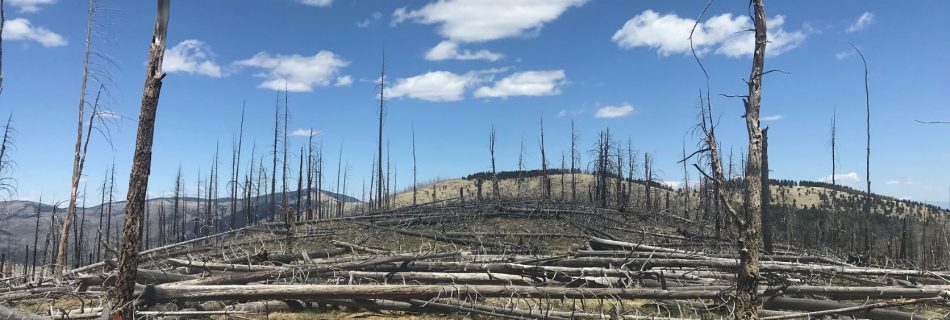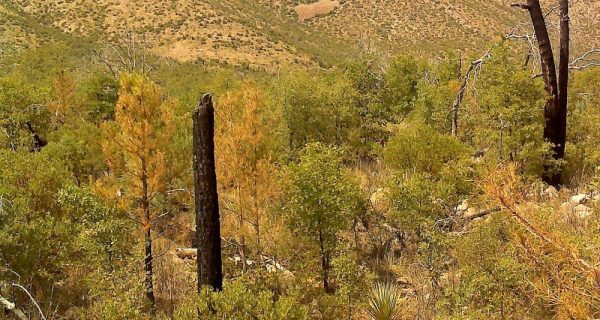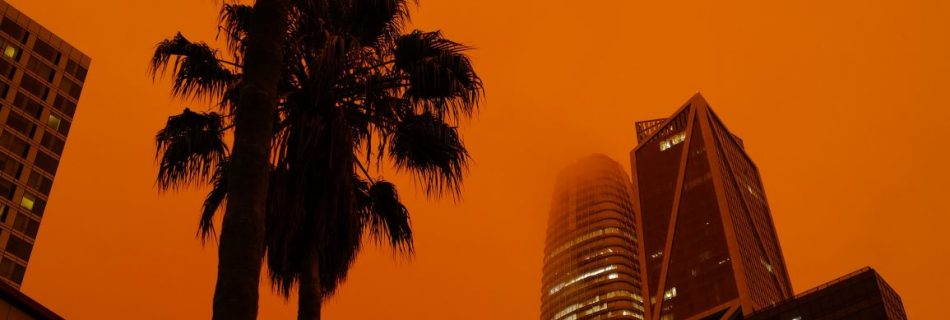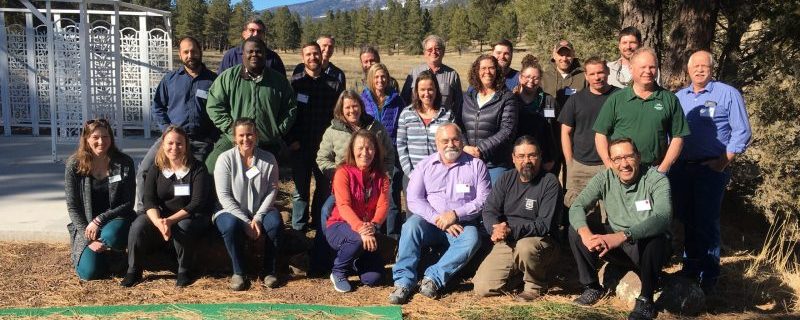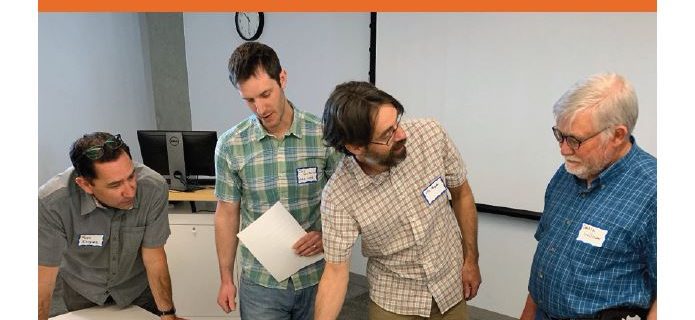The REBURN Model: Simulating forest and fuel succession and disturbance dynamics of large landscapes
In a nutshell: This webinar discusses REBURN, a geospatial modeling framework designed to simulate reburn dynamics over large areas and long-time frames to investigate the impact of multiple fires in the same area. Recorded on: January 17, 2024 Presenters: Dr. Susan Prichard, University of Washington and Dr. Paul Hessburg, USDA-FS Pacific NW Research Station Description: …

